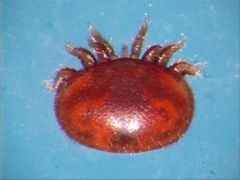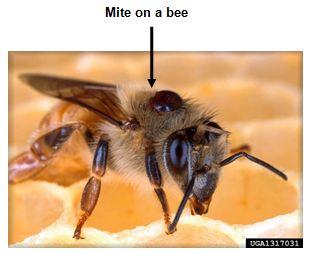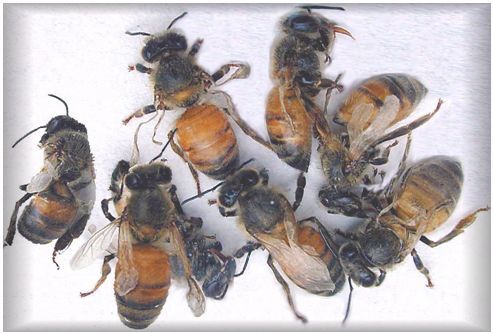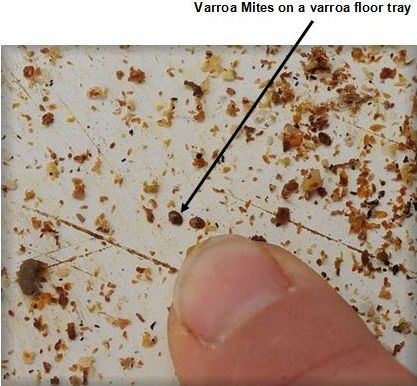Those familiar with the Bible have most certainly heard of Canaan. It was known best as the land of milk and honey. What do milk and honey have in common? Both of these elements in their purest states are unpasteurized.
Pasteurization was named in 1862, and was realized as a way to kill bacteria that accelerate spoiling of consumable goods. This is done by heat treating the edibles. The majority of goods found in the market today have been pasteurized in order to extend their shelf life.
Unfortunately, this process can also cause the disruption of nutrients that are found in the natural byproduct of the animals. For years we have been stripping these nutrients in an effort to reduce spoilage and possible disease contamination, but most recently an effort has been made to go back to products found in a more natural state in order to reap their full benefits.
Some foods are clearly labeled as pasteurized, while others may need closer inspection of the label to determine what they are. One of these foods that needs extra consideration is honey.
There is a lot of work done by the bees in the manufacturing of honey. To begin, the worker bees will fly out as far as four miles from the hive in search of some local nectar. When the bee finds a flower, she will gather nectar and store it in her “honey stomach.”
Upon returning to the hive, the contents of the worker bees secondary stomach is removed or sucked out by a house bee. The house bee chemically breaks down the polysaccharides of the nectar into some more simple sugars. This makes the nectar more easily digestible and results in honey that is spread throughout the honeycombs.
The bees have processed this sugar in a way to make it less vulnerable to bacteria within the hive as well. The bees will go one step further in their preservation process by fanning the honey with their wings to reduce it’s moisture content – making it even less susceptible to bacteria. Honey is then sealed with a protective beeswax and kept until it is ready for consumption.
In this still pure state, the honey is packed with nutrients, antioxidants, and is an amazing energy source. In the United States, it is quite common for honey manufacturers to pasteurize the honey that is collected in an effort to destroy bacteria and prevent fermentation by unseen yeasts. This is done to help increase the shelf life of the sweet syrup, but as a side effect it removes additional nutrients that are beneficial to humans.
How do you know the condition of the honey you have purchased? Unprocessed honey will be be labeled at 100 percent raw. You can obtain a fairly long shelf life with raw honey as long as you keep it stored under ideal conditions.
The bees have worked hard already to provide a product that is most beneficial in it’s pure state. Next time you go shopping for honey, do have a good look at the label. Even better, keep your own bees and then you can be sure to have truly raw honey.




